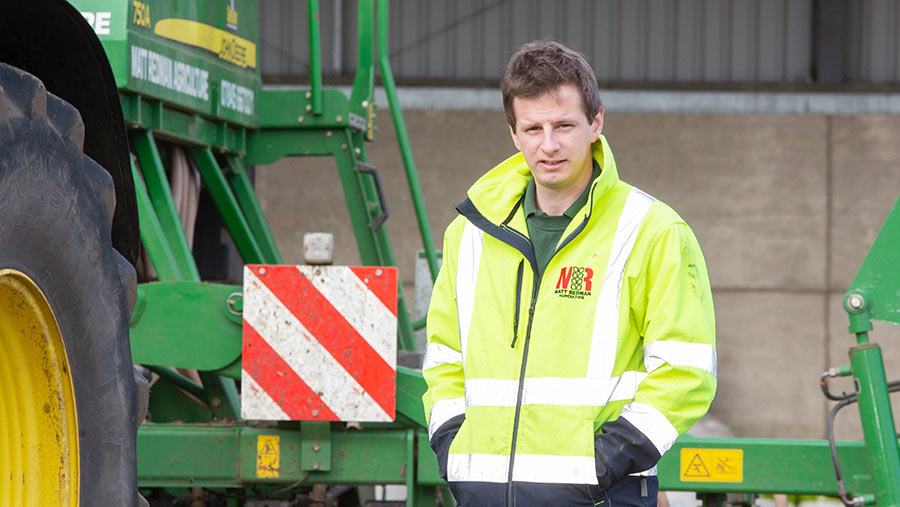Farmer Focus: Fail to address drainage and the soil suffers
 © Tim Scrivener
© Tim Scrivener Over the past two years, I’ve spent a lot of time and money on drainage, or at least the first part of it – ditches. Unfortunately, that is the easy bit and getting water out of fields and into ditches is the next step.
Field drains here are mostly clay pipes, laid in the clay with no backfill and often broken in multiple places, so they are at the end of their life. However, installing new schemes is unjustifiable on my tenancy.
See also: What agronomists say about a urea fertiliser ban
I think my best option is multiple smaller schemes carried out on a DIY basis with a tractor-mounted trencher that enables me to deal with the problem areas in isolation – water gets to those, so if I can keep it moving away, I might achieve something. It’s not ideal, but it’s better than nothing.
There is a focus on increasing productivity, the environment and soil – with grants and schemes available to help get us all involved and make changes.
One area that can help with all of these targets, which is often overlooked, is drainage. Crops don’t like being waterlogged. Cows and sheep aren’t amphibious, so having wet fields is not productive.
Flooded wild bird plots or field margins are not ideal habitats for grey partridge or hares – not to mention the added difficulties of managing these areas later in the year in difficult conditions.
Fail to address drainage and it is the soil that suffers, as we battle to drill crops in wet autumns or cut hedges late in the season to hit environmental scheme dates.
Should Environmental Land Management (ELM) or the productivity-type grants focus on drainage? It could help kill three – metaphorical – birds with one stone.
On the farm front, crops in the ground are looking good and I’m relieved to have drilled 50% of the farm with OSR and linseed early on. However, I still have some winter wheat to drill.
Sugar beet is yet to be lifted, but there is no rush to do so now. Field conditions on all of my three soil types are not great. Rushing to lift would result in a mess and undoubtedly mean I cannot plant any winter wheat after it.
I will wait for better conditions, as I have little to lose – and maybe some yield to gain.

